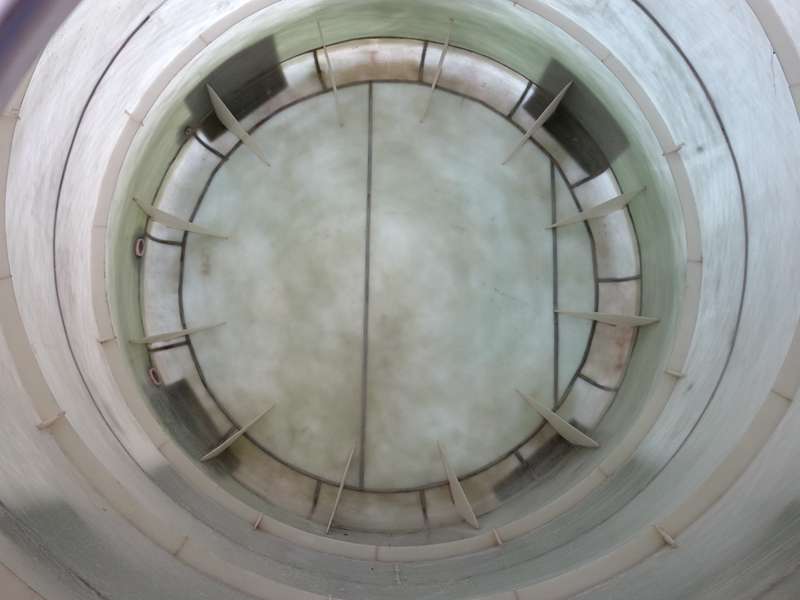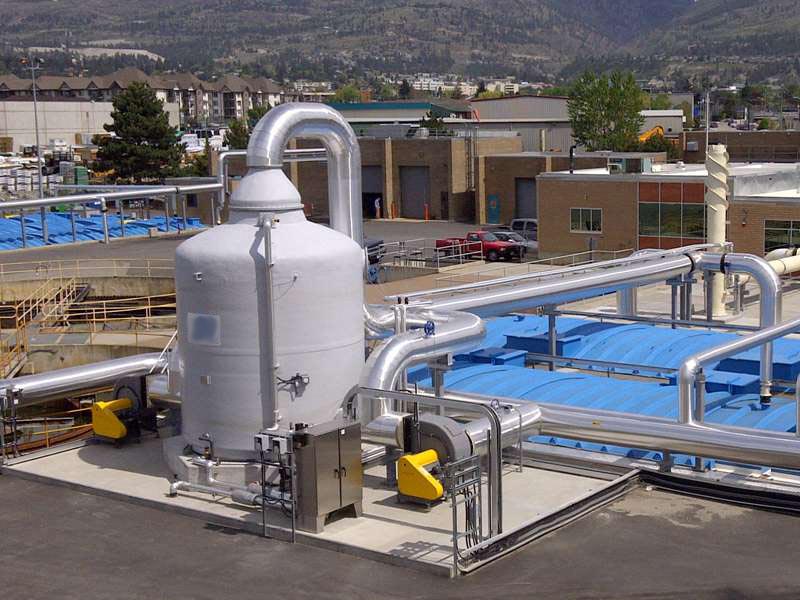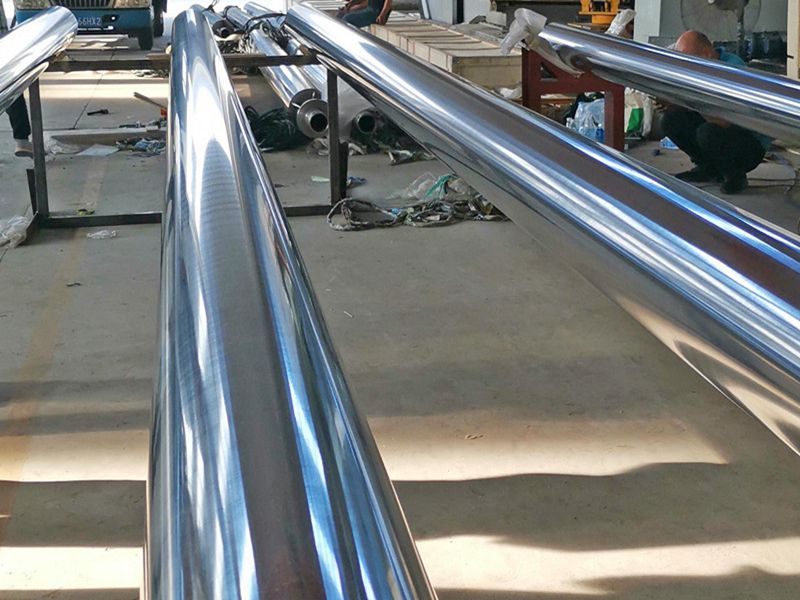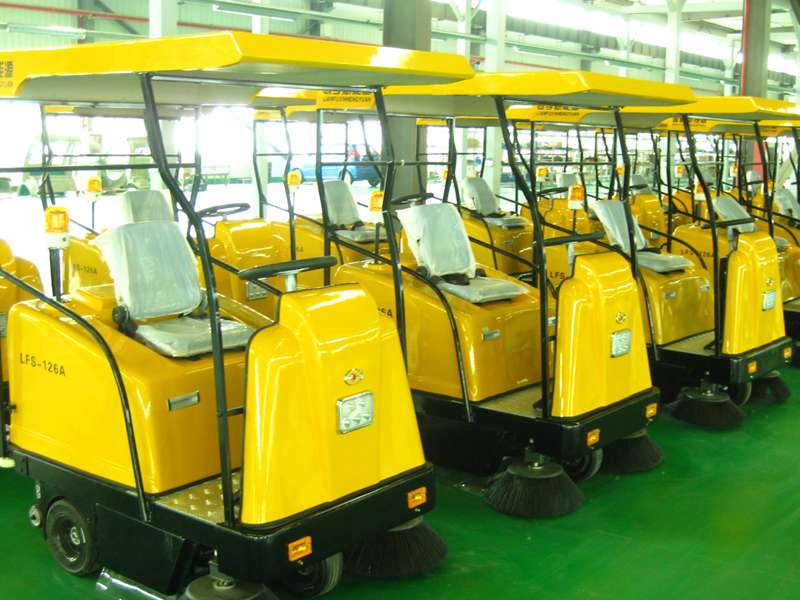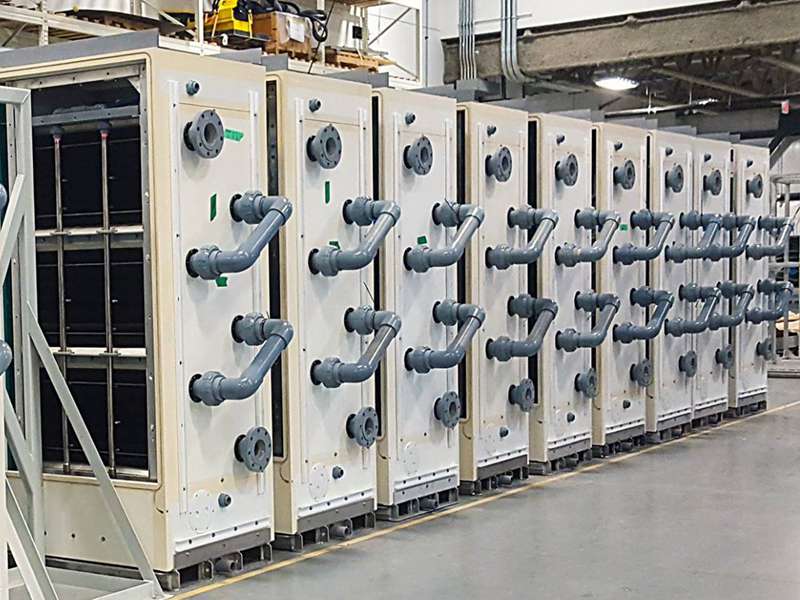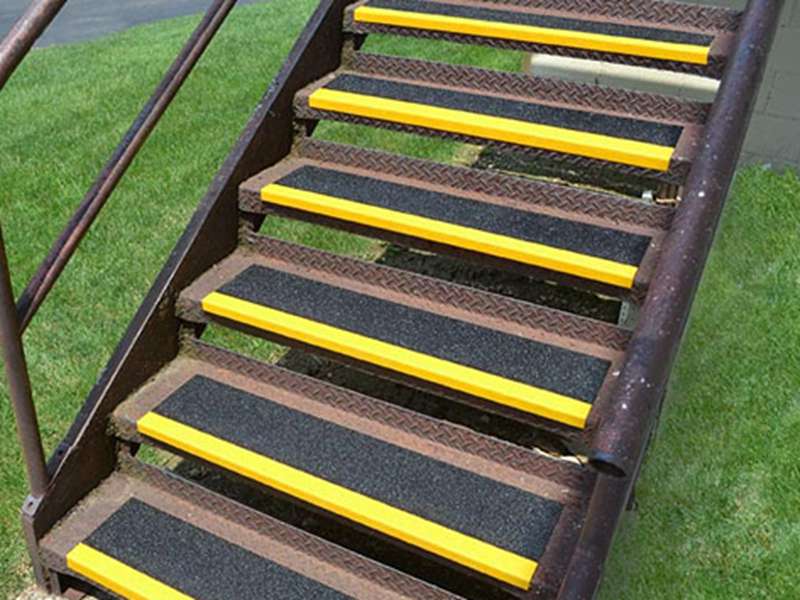
-
 Afrikaans
Afrikaans -
 Albanian
Albanian -
 Amharic
Amharic -
 Arabic
Arabic -
 Armenian
Armenian -
 Azerbaijani
Azerbaijani -
 Basque
Basque -
 Belarusian
Belarusian -
 Bengali
Bengali -
 Bosnian
Bosnian -
 Bulgarian
Bulgarian -
 Catalan
Catalan -
 Cebuano
Cebuano -
 China
China -
 China (Taiwan)
China (Taiwan) -
 Corsican
Corsican -
 Croatian
Croatian -
 Czech
Czech -
 Danish
Danish -
 Dutch
Dutch -
 English
English -
 Esperanto
Esperanto -
 Estonian
Estonian -
 Finnish
Finnish -
 French
French -
 Frisian
Frisian -
 Galician
Galician -
 Georgian
Georgian -
 German
German -
 Greek
Greek -
 Gujarati
Gujarati -
 Haitian Creole
Haitian Creole -
 hausa
hausa -
 hawaiian
hawaiian -
 Hebrew
Hebrew -
 Hindi
Hindi -
 Miao
Miao -
 Hungarian
Hungarian -
 Icelandic
Icelandic -
 igbo
igbo -
 Indonesian
Indonesian -
 irish
irish -
 Italian
Italian -
 Japanese
Japanese -
 Javanese
Javanese -
 Kannada
Kannada -
 kazakh
kazakh -
 Khmer
Khmer -
 Rwandese
Rwandese -
 Korean
Korean -
 Kurdish
Kurdish -
 Kyrgyz
Kyrgyz -
 Lao
Lao -
 Latin
Latin -
 Latvian
Latvian -
 Lithuanian
Lithuanian -
 Luxembourgish
Luxembourgish -
 Macedonian
Macedonian -
 Malgashi
Malgashi -
 Malay
Malay -
 Malayalam
Malayalam -
 Maltese
Maltese -
 Maori
Maori -
 Marathi
Marathi -
 Mongolian
Mongolian -
 Myanmar
Myanmar -
 Nepali
Nepali -
 Norwegian
Norwegian -
 Norwegian
Norwegian -
 Occitan
Occitan -
 Pashto
Pashto -
 Persian
Persian -
 Polish
Polish -
 Portuguese
Portuguese -
 Punjabi
Punjabi -
 Romanian
Romanian -
 Russian
Russian -
 Samoan
Samoan -
 Scottish Gaelic
Scottish Gaelic -
 Serbian
Serbian -
 Sesotho
Sesotho -
 Shona
Shona -
 Sindhi
Sindhi -
 Sinhala
Sinhala -
 Slovak
Slovak -
 Slovenian
Slovenian -
 Somali
Somali -
 Spanish
Spanish -
 Sundanese
Sundanese -
 Swahili
Swahili -
 Swedish
Swedish -
 Tagalog
Tagalog -
 Tajik
Tajik -
 Tamil
Tamil -
 Tatar
Tatar -
 Telugu
Telugu -
 Thai
Thai -
 Turkish
Turkish -
 Turkmen
Turkmen -
 Ukrainian
Ukrainian -
 Urdu
Urdu -
 Uighur
Uighur -
 Uzbek
Uzbek -
 Vietnamese
Vietnamese -
 Welsh
Welsh -
 Bantu
Bantu -
 Yiddish
Yiddish -
 Yoruba
Yoruba -
 Zulu
Zulu
Advanced Fiberglass Clarification Solutions for Effective Water Treatment and Solid Separation
Fiberglass Clarifier System for Efficient Water Treatment and Solid Management
Water is one of the most valuable resources on our planet, and efficient management of water quality is critical for both environmental sustainability and public health. As industries and municipalities seek effective solutions to treat wastewater and manage solids, the fiberglass clarifier system has emerged as a powerful tool in modern water treatment processes. This article explores the functionality, benefits, and applications of fiberglass clarifier systems in efficient water treatment and solid management.
Understanding Fiberglass Clarifier Systems
A fiberglass clarifier is a type of sedimentation tank designed to separate solids from liquid in water treatment processes. Made primarily of fiberglass-reinforced plastic, these systems are known for their durability, corrosion resistance, and lightweight characteristics, making them ideal for various settings, including industrial plants, municipal wastewater treatment facilities, and even small-scale operations.
The clarifier operates on the principle of gravity, allowing solids to settle at the bottom while the clearer water flows out from the top. Additionally, advanced designs often incorporate features like lamella plates to enhance sedimentation efficiency by increasing the surface area for solids to settle.
Benefits of Fiberglass Clarifier Systems
1. Corrosion Resistance Unlike traditional metal tanks, fiberglass does not corrode or rust, which translates to lower maintenance costs and a longer lifespan for the clarifier system. This feature is especially advantageous in environments with aggressive chemicals or high salinity, where metal components would quickly degrade.
2. Lightweight and Easy Installation Fiberglass clarifiers are significantly lighter than their concrete or steel counterparts. This characteristic not only simplifies transportation and handling but also allows for easier installation in locations where heavy equipment might be impractical.
3. Cost-Effectiveness While the initial investment in a fiberglass clarifier system might be higher than traditional materials, the long-term savings in maintenance, replacement, and operational costs often make it a more economical choice.
fiberglass clarifier system for efficient water treatment and solid
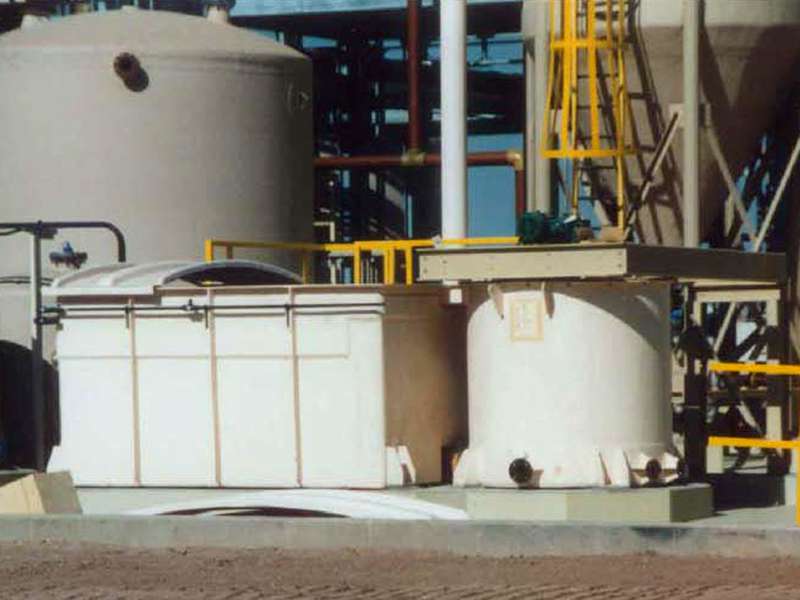
4. Improved Efficiency Fiberglass clarifiers can be designed with advanced features such as multiple compartments and lamella plates. This design increases the efficiency of sedimentation, allowing for quicker processing times and improved water quality.
5. Flexibility in Design These systems can be easily customized to meet the specific requirements of a facility. Whether it’s adjusting the size, shape, or internal configurations, fiberglass clarifiers can be tailored to optimize performance for unique applications.
Applications in Water Treatment and Solid Management
Fiberglass clarifier systems find a range of applications across various industries. In municipal wastewater treatment, they play a vital role in primary and secondary treatment processes, efficiently separating solids from effluent water. The clarified water is then suitable for discharge or further treatment, while the settled solids can be processed for reuse or disposal.
In industrial settings, fiberglass clarifiers are used in processes such as food and beverage manufacturing, chemical production, and mining operations. These industries generate significant amounts of wastewater laden with solids that require effective separation and treatment. The effectiveness of fiberglass clarifiers in these environments ensures compliance with environmental regulations while minimizing the environmental impact of industrial operations.
The flexibility of fiberglass clarifiers also extends to their use in stormwater management systems. They can be integrated into drainage systems to remove sediment and pollutants from runoff before it enters natural waterways, thus protecting aquatic ecosystems.
Conclusion
The fiberglass clarifier system exemplifies the innovation and efficiency needed in today's water treatment and solid management processes. With their corrosion resistance, lightweight nature, and customizable designs, these systems provide an effective solution for various industrial and municipal applications. As water quality standards become increasingly stringent, the reliance on advanced technologies like fiberglass clarifiers will only grow, ensuring cleaner water and a healthier environment for future generations. Investing in such efficient systems is not only a wise choice for organizations looking to streamline their operations but also a crucial step towards sustainable water management in the face of global challenges.
Latest news
-
High-Quality Fiberglass Car Bodies Durable GRP Car & Boat Body SolutionsNewsJul.08,2025
-
High-Quality Fiberglass Dual Lamination Product Manufacturer Durable FRP & GRP Dual Lamination SolutionsNewsJul.08,2025
-
Rectangular Tank with Dimensions for GRP Calculation Custom Fiberglass GRP Rectangular TanksNewsJul.07,2025
-
High-Quality Fiberglass Weir Custom FRP Weir & Fiberglass Tanks ManufacturerNewsJul.07,2025
-
CPVC FRP Pipe A Reliable Choice for Industrial Applications High Strength & Corrosion ResistanceNewsJul.07,2025
-
Fiberglass Scrubber for Effective Cleaning and Stain Removal – Superior Performance in Various ApplicationsNewsJul.06,2025


